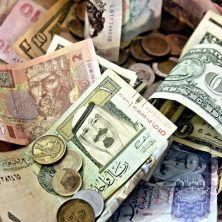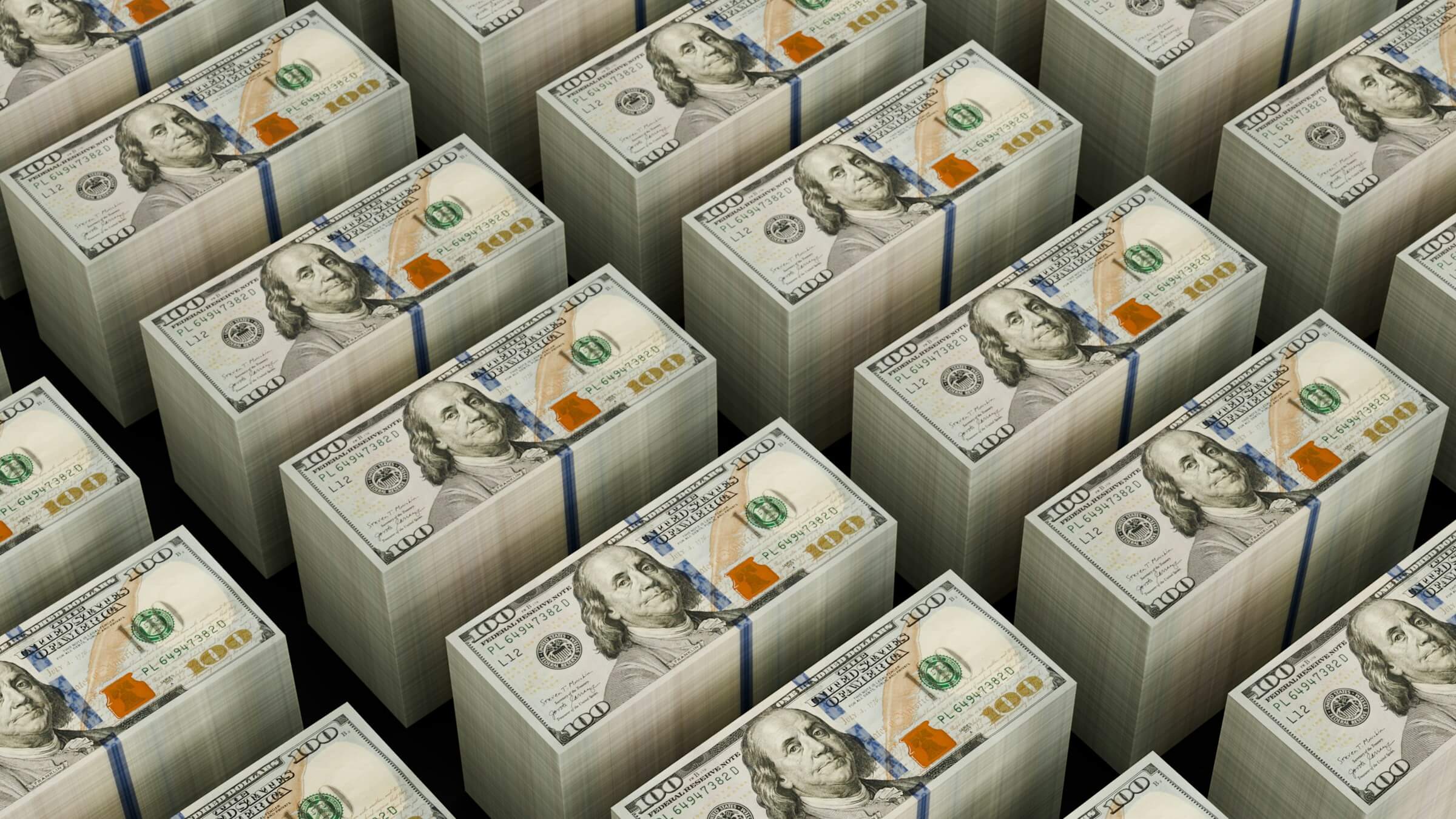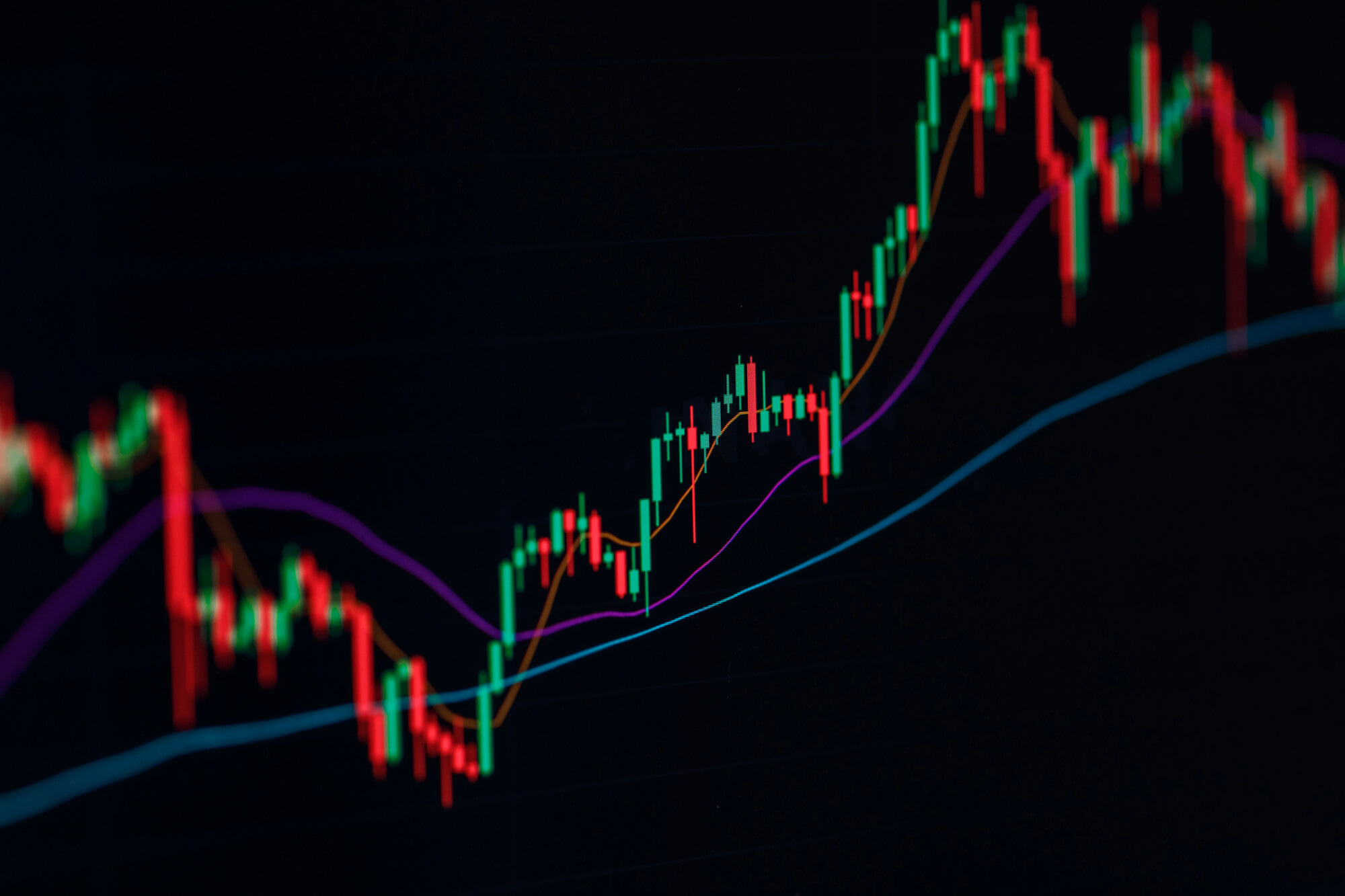If Ukraine wants to achieve macroeconomic stabilization, then the currency board is an inferior solution. The history of currency boards suggests that it’s a temporary solution at best. In the vast majority of cases, stable currency boards are observed only for tiny countries.
As inflation has spiked recently in Ukraine, many wonder how one can control inflation. One alternative is to implement a currency board which helped some countries to reduce inflation. Effectively, a currency board is a way to peg a country’s currency to another country’s currency. For example, if the National Bank of Ukraine (NBU) wants to set up a currency board with the U.S. dollar, it sets the exchange rate between the dollar and the hryvnia and then it can issue hryvnias only if it has dollars to back it at the set rate. In a way, this system is similar to the gold standard when a central bank could issue currency only if it could be backed by gold in the vaults of the central bank.
Would the currency board be a good system for Ukraine?
On the positive side the advantage of the system is that it ties hands of a central bank that is unable to commit to low inflation. Because each unit of domestic currency is backed by a unit of a stable currency such as the U.S. dollar, the currency board is more credible than a simple fixed exchange rate. The currency board also gives a predictable exchange rate (which could be good for international trade) because the ratio between the “base” currency and the domestic currency is fixed. Not surprisingly, countries with weak institutions such as Estonia, Lithuania and Bulgaria in the 1990s adopted currency boards to tame inflation in the early stages of transition. Currency board was also considered a bridge to joining the eurozone.
The negative sides however are much more numerous. For example:
- Sooner or later, the exchange rate at which the currency board is set will be misaligned. For example, terms of trade shocks (e.g., the price of steel falls) can make Ukrainian goods uncompetitive. To return to equilibrium, Ukraine has to see cuts in nominal wages and prices (so called “internal devaluation”). Such downward adjustment of nominal prices and wages is very costly. Greece is a good example of how costly it can be. In a similar spirit, developing countries tend to have higher inflation rates which leads to appreciation of the domestic currency in real terms thus making exports less competitive. For example, Roubini reports that after Estonia adopted a currency peg in 1992, its currency appreciated by 70 percent (!) because inflation declined only gradually. As result, although Estonia had a current account surplus in 1992-1993, by 1996 Estonia was running a large current account deficit (that is, imports exceeded exports), a sign of an imbalance.
- When the exchange rate is fixed, fiscal policy is much more powerful in affecting the economy. However, fiscal policy is much more vulnerable to political risks and so the country is much more likely to run into a problem at some point. Furthermore, it is hard to imagine that a country can run a balanced fiscal policy in war times. But fiscal deficits lead to a reduction in monetary base: fiscal deficits generate capital outflows which means that the central bank has to buy “hryvnias” and sell “dollars” thus reducing the amount of “hryvnias” in the economy. Such a reduction means tight monetary policy (high interest rates) and hence a recession. Argentina’s experience with the currency board is a good example of how bad things can play out.
- Suppose Ukraine pegs to the US dollar via a currency board. Now the dollar is appreciating and it hurts US exporters. It means that the price of Ukrainian exports will appreciate relative to prices of Ukraine’s trading partners in Europe and therefore Ukraine’s exports are hurt too. This is clearly not desirable because Ukraine becomes a hostage of the dollar dynamics. Pegging to the euro is bad too: Europe is only 30% of Ukraine’s international trade and, if the euro appreciates, Ukraine’s exports will suffer too. Pegging to a basket of currencies may be an option but eventually the composition of international trade will change and we get back to square one.
- Currency boards can be prone to persistent slumps. Just consider the Great Depression and the gold standard. Effectively, countries got out from the Great Depression by abandoning the gold standard or devaluing their currencies against gold (these steps generated inflation expectations thus breaking deflationary spirals). Indeed, the inability of countries with a currency board to do rapid internal devaluations can create strong incentives to abandon the regime thus undermining the credibility of the regime.
- Suppose that a country is in a recession, or is required to have a recession to restore competitiveness, or is required to have high-interest rates to defend the currency board. Each of these situations is costly. Then the monetary authority of the country may calculate that the benefit of abandoning the currency board and devaluing the domestic currency is higher than the cost of doing so. The very possibility of such a change in policy undermines the credibility of currency pegs and invites runs on the currency and/or domestic banks. For example, in 1999 there was a massive run on the Hong Kong dollar, which had a currency board backed by the U.S. dollar. While the monetary authority in Hong Kong fenced off the speculative attack by raising interest rates, the cost of maintaining the currency board was large: output contracted by 5 percent. A “successful” defense of Argentina’s currency board in 1995 cost 6 percent contraction of GDP and a double-digit unemployment rate. Whether Ukraine is prepared to make this kind of sacrifices to defend the hryvnia is rather doubtful. But if there is no clear-cut willingness to make such sacrifices, then this regime should not be adopted because the currency will be attacked!
All these problems can be addressed by having a flexible exchange rate and some form of inflation targeting: no need to do internal devaluations, fiscal policy is less powerful, exchange rate adjusts to changes in the composition of trade, the central bank can print money to support inflation expectations and stimulate economy, no attacks on currency. If Ukraine wants to achieve macroeconomic stabilization, then the currency board is an inferior solution. The history of currency boards suggests that it’s a temporary solution at best. In the vast majority of cases, stable currency boards are observed only for tiny countries (city-states, islands, etc.).
This basic analysis suggests that Ukraine has little to gain from adopting a currency board. Given the current conditions in Ukraine and the state of knowledge about currency boards and alternative regimes, the conclusion is clear: currency board would be a terrible policy for Ukraine.
Attention
The author doesn`t work for, consult to, own shares in or receive funding from any company or organization that would benefit from this article, and have no relevant affiliations




